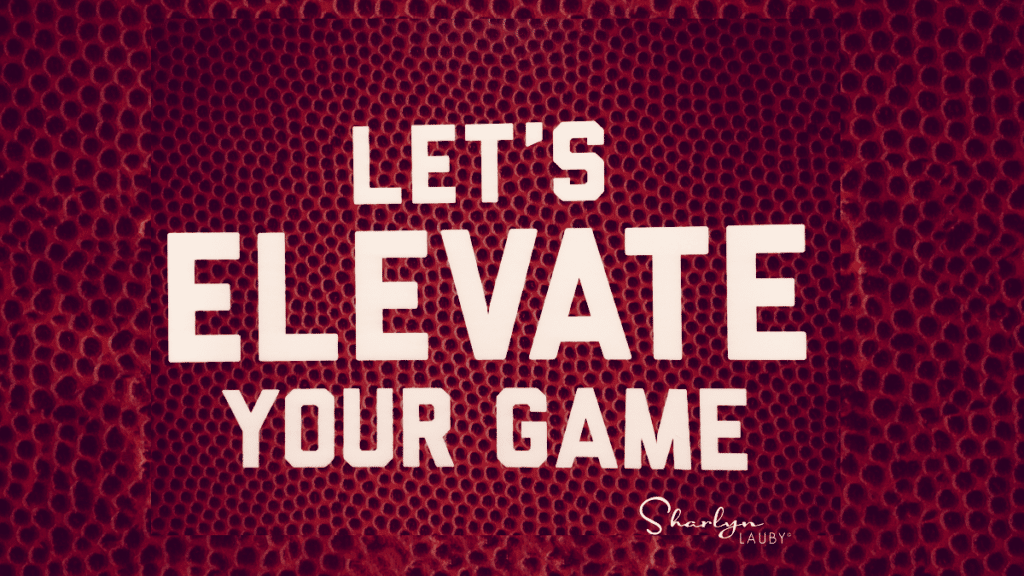Performance Improvement Plans Should Focus on Performance
Estimated reading time: 3 minutes
When an employee isn’t performing to the company standard, they will receive coaching. If the performance doesn’t improve, a manager might let the employee know that a future incident will result in formal discipline.
Formal discipline might begin with a verbal counseling session and then move to written documentation for the employee’s file. Of course, I’m generalizing here, but you get my point. Employees who aren’t performing might eventually be disciplined. And that discipline could ultimately lead to termination.
Sometimes during this progressive discipline process, an employee will be placed on a performance improvement plan (also known as a PIP). Sadly, over time, performance improvement plans have become synonymous with “the company is beginning the termination documentation process”. That’s what I want to talk about today.
The purpose of employee performance coaching is to change an employee’s behavior. It’s not to begin discipline. In fact, even when organizations begin formal discipline, the goal should be to still change an employee’s behavior. I’ve seen plenty of situations where an employee received an “official” verbal warning and that was a catalyst for improved performance.
I completely understand the rationale for putting an employee on a performance improvement plan. And I’m not opposed to it. If performance is below standard, a PIP can get performance back on track. Just as a reminder, the key components of a performance improvement plan include:
- Time frame for performance review
- Employee’s responsibilities
- Manager’s responsibilities
- Follow-up date
Basically, a PIP says “During the designated time frame, here’s what the employee will do. In addition, here’s what the manager will do to support the employee. And this is when we’ll have a follow-up meeting to discuss progress”.
What I struggle with when it comes to PIPs is, why has this become a disciplinary document?! We all have things we want to improve. An employee might talk with their manager about improving some task that they’re responsible for. They might ask their manager for support. This doesn’t mean the employee’s performance isn’t meeting the company standard. It means they want to get better at their job.
If organizations want to become high-performing – and frankly, why wouldn’t they – then they need to have performance conversations with employees. These performance conversations don’t need to be disciplinary in nature. But they do need to include plans for improved performance. Using outlines that discuss what employees and managers are committing to. And we need to be able to say the words performance improvement plan without employees thinking we’re trying to get rid of them.
I understand this is a change in mindset, but it’s a necessary change in mindset. Organizations are always focused on improved performance. Frankly, employees want to perform well too – for their own career goals. Using a proven planning tool makes sense. So, let’s find a way to make performance improvement plans focus on performance and not discipline.
Image captured by Sharlyn Lauby while exploring the streets of San Diego, CA
29